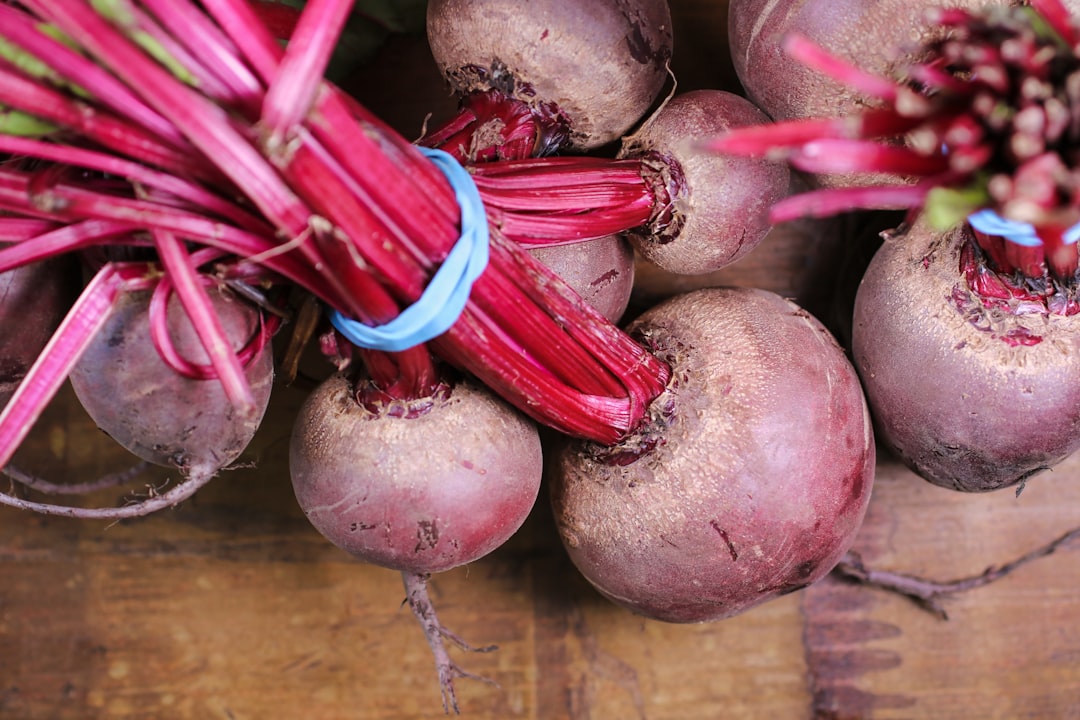What is it about?
The evolution of the concept of landscape to incorporate components like cultural and socio-economic factors, in addition to the natural and aesthetic features, influenced the perception of landscape as a resource. On the other hand, the relationships between territorial features as well as the understanding of their temporal dynamics determine the significance of these features for the quality of a landscape and, consequently, for its conservation. This implies that all components – natural and physical, but also cultural and visual – upon which landscape quality is assessed, ought to be considered and studied globally. Natural resources and cultural heritage, however, are usually considered independently when developing protected areas management plans. Here, we present a methodology developed for the Monte da Guia management plan, which allows the interrelated analysis of landscape factors such as geology, geomorphology, pedology, flora and vegetation cover as well as the cultural and visual characters. Using the concepts of biophysical sensitivity and visual quality, we evaluated the relevance of these various factors for the determination of the state of equilibrium/degradation of a landscape, and hence for its conservation value. This methodology may contribute to the development of improved zoning maps and management guidelines determining land use and management strategies for the conservation of individual resources that, together, determine landscape quality.
Featured Image
Read the Original
This page is a summary of: The protection of landscape as a resource, Management of Environmental Quality An International Journal, February 2004, Emerald,
DOI: 10.1108/14777830410513603.
You can read the full text:
Contributors
The following have contributed to this page










